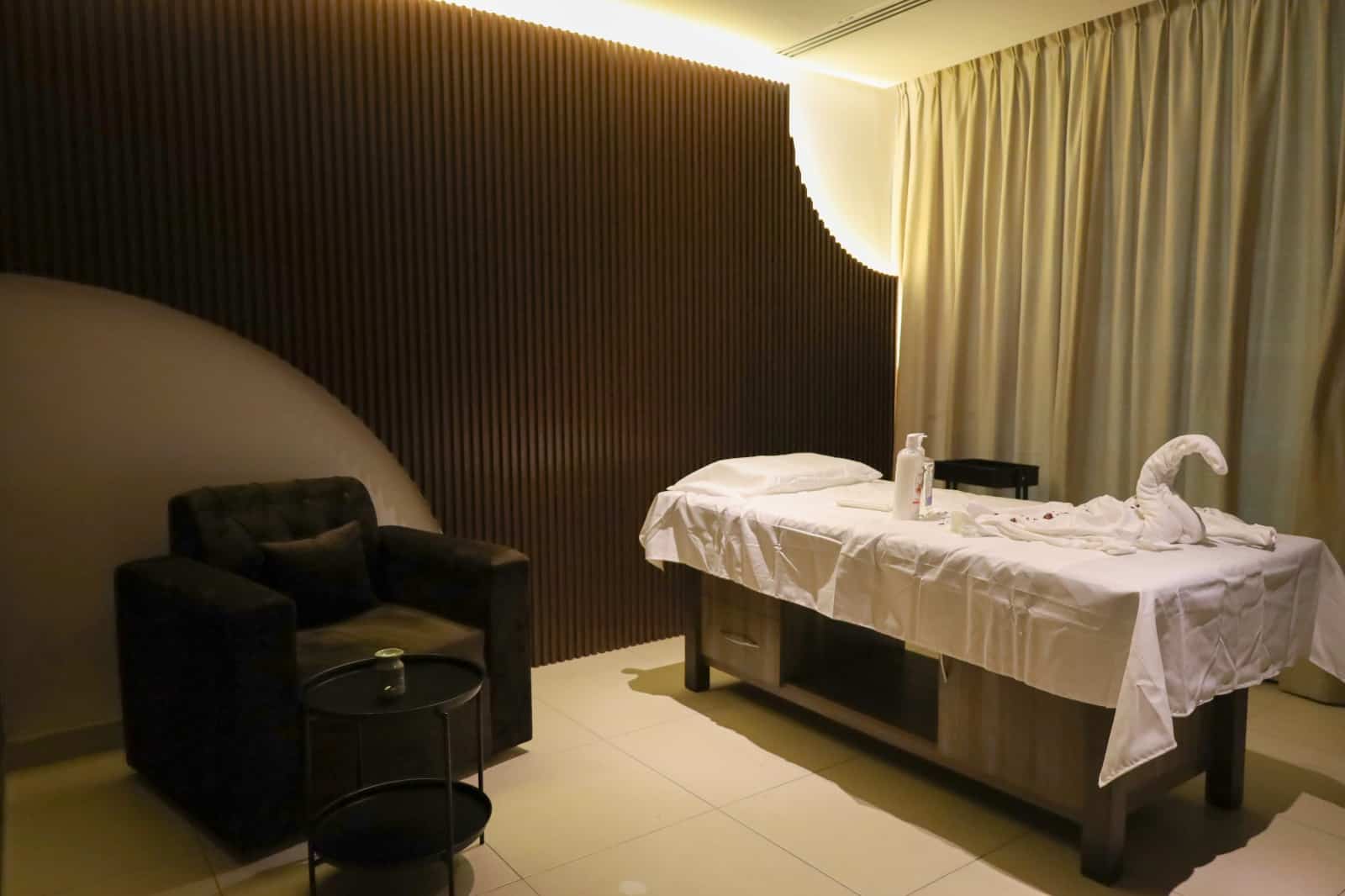What is Swedish Massage?
Swedish massage is one of the most popular and well-known types of massage therapy. It’s designed to promote relaxation, improve circulation, and ease tension through a series of specialized techniques.
The Origin of Swedish Massage
History and Development
Developed in the early 19th century, Swedish massage owes its roots to the work of Per Henrik Ling, a Swedish physiologist who combined gymnastics and physical therapy principles to create this healing art.
Influence on Modern Therapies
Swedish massage has significantly influenced modern wellness practices, serving as the foundation for various other massage styles and physical therapies.
Understanding the Basics of Swedish Massage
Key Techniques Used
Swedish massage utilizes a combination of five primary techniques: effleurage, petrissage, tapotement, friction, and vibration. These methods target specific areas to achieve optimal relaxation and healing.
The Role of Massage Oils
Massage oils play a crucial role by reducing friction on the skin and enhancing the therapist’s ability to perform smooth, flowing strokes.
Benefits of Swedish Massage
Physical Health Benefits
Improves Circulation
Swedish massage stimulates blood flow, improving oxygen and nutrient delivery to tissues.
Relieves Muscle Tension
It effectively alleviates muscle stiffness and soreness, making it a go-to remedy for many.
Mental Health Benefits
Reduces Stress
The calming techniques of Swedish massage help reduce cortisol levels, promoting a sense of calm and relaxation.
Enhances Mood
Increased serotonin and dopamine levels during a session can leave you feeling happier and more balanced.
Techniques in Swedish Massage
Effleurage
Long, sweeping strokes designed to warm up the body and prepare muscles for deeper work.
Petrissage
Kneading motions that target deeper layers of muscle to release tension.
Tapotement
Rhythmic tapping used to stimulate muscles and increase energy.
Friction
Circular movements that work on muscle knots and areas of tension.
Vibration
Shaking techniques that help relax muscles and stimulate circulation.
Preparing for a Swedish Massage
What to Expect During the Session
Initial Consultation
Your therapist will discuss your needs, preferences, and any medical conditions to tailor the session.
Setting the Environment
Expect a peaceful atmosphere with soothing music, dim lighting, and aromatic oils.
Tips for First-Timers
Drink plenty of water before and after the session, and wear comfortable clothing to your appointment.
Swedish Massage for Specific Needs
Sports Recovery
Athletes often use Swedish massage to enhance recovery and improve performance.
Chronic Pain Management
This therapy can alleviate conditions like back pain, arthritis, and fibromyalgia.
Relaxation and Wellness
Regular sessions are a cornerstone of stress management and overall wellness.
Comparing Swedish Massage to Other Massage Styles
Swedish Massage vs. Deep Tissue Massage
While Swedish massage is focused on relaxation, deep tissue massage targets the deeper muscle layers for pain relief.
Swedish Massage vs. Aromatherapy Massage
Aromatherapy massage incorporates essential oils, whereas Swedish massage relies on specific techniques without added scents.
Is Swedish Massage Suitable for Everyone?
Yes, but individuals with certain medical conditions should consult a healthcare provider first.
How Often Should You Get a Swedish Massage?
For general wellness, once a month is ideal; for specific issues, sessions may be needed weekly.
Does Swedish Massage Hurt?
It’s generally gentle and should not cause pain. Communicate with your therapist if you experience discomfort.
How Long Does a Session Last?
Most sessions last between 60 to 90 minutes, depending on your needs.
Can You Do Swedish Massage at Home?
While professional skills are ideal, some basic techniques can be practiced at home with guidance.







